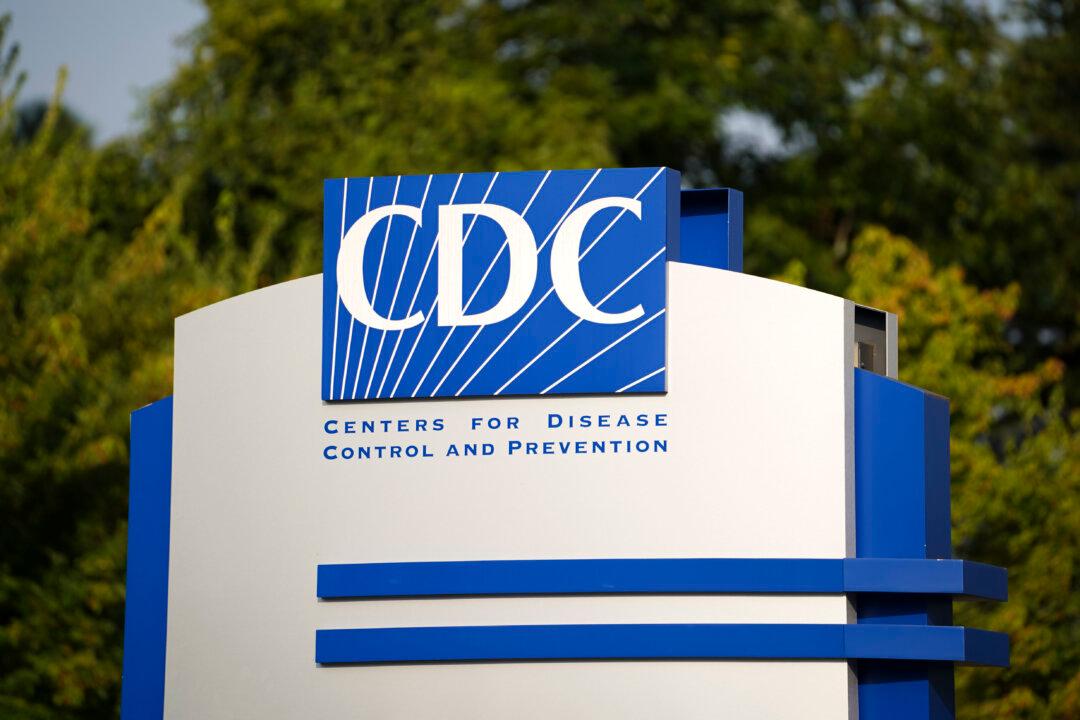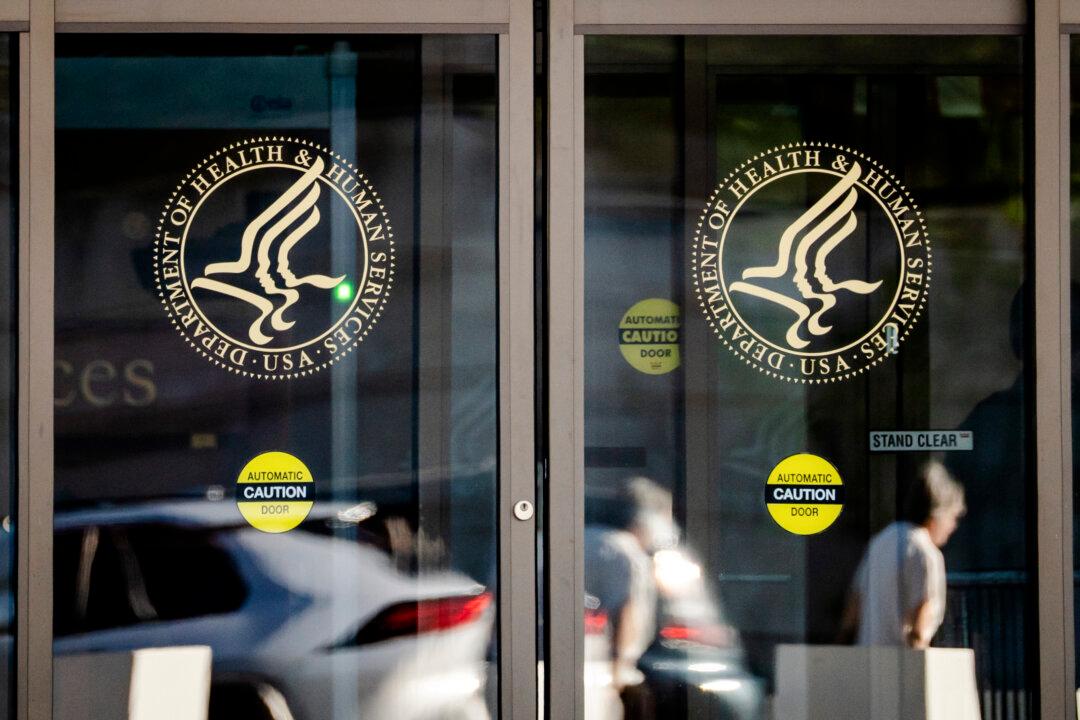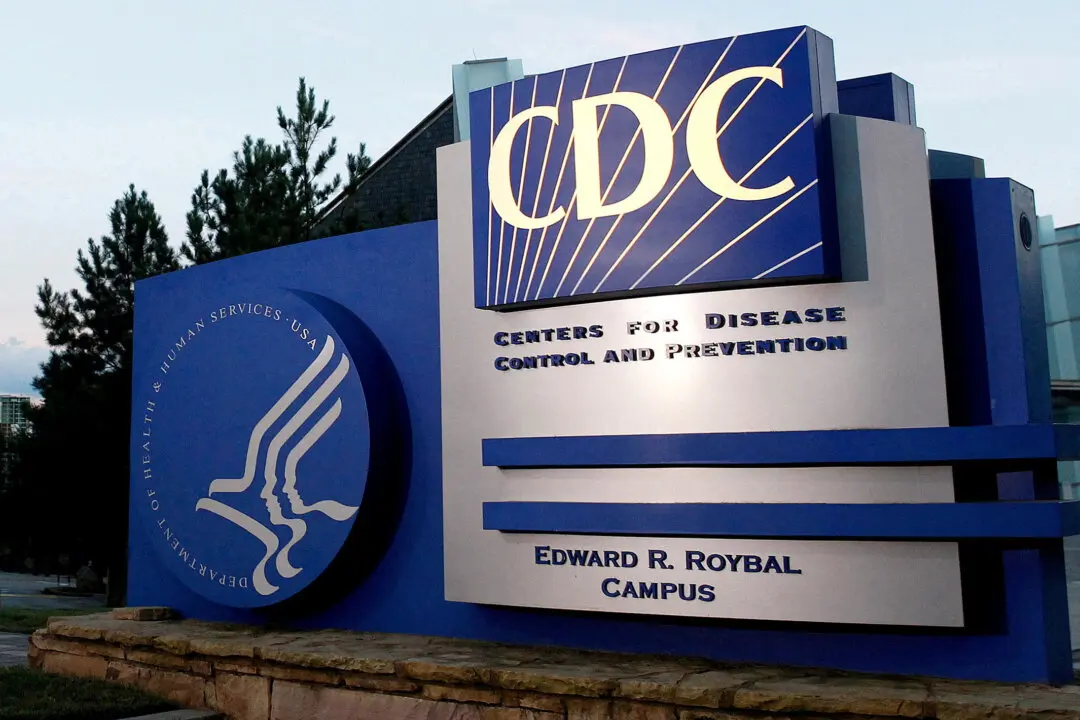Six medical journals rejected a key paper on COVID-19 vaccines and heart inflammation, a condition the vaccines cause, according to documents reviewed by The Epoch Times.
The U.S. Centers for Disease Control and Prevention (CDC)’s journal, Morbidity and Mortality Weekly Report (MMWR), was one of them.





